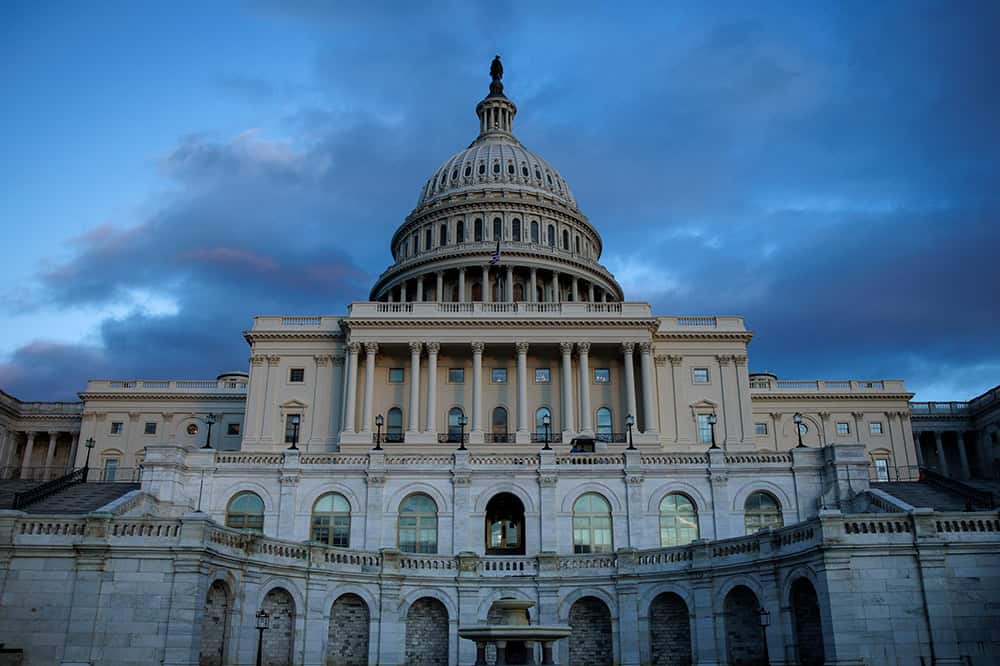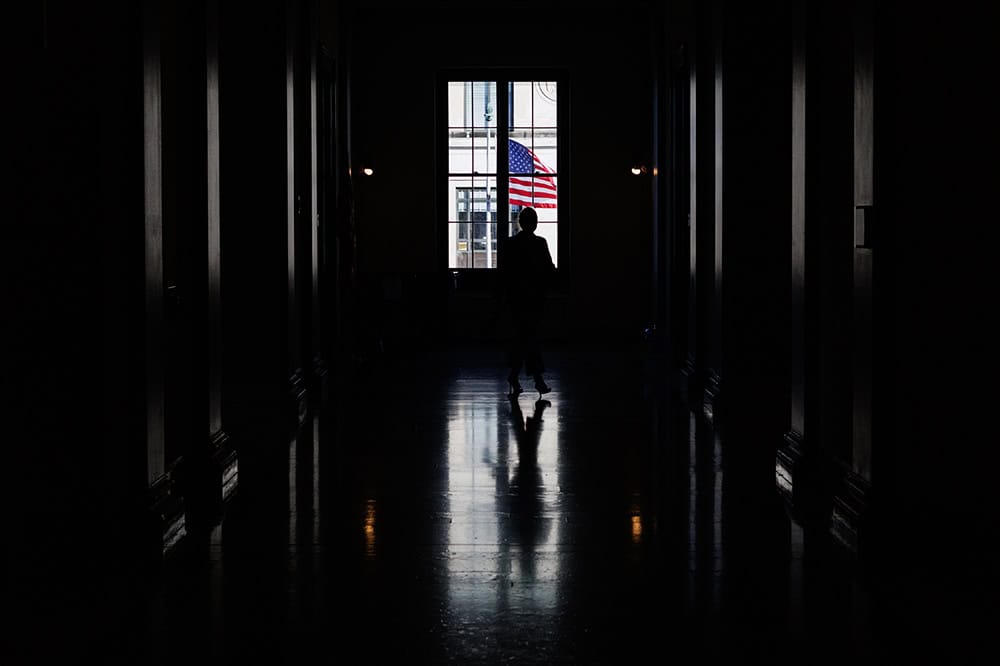CNN’s Jake Tapper recently provided an informative look at the nation’s debt and deficit outlook, and how it’s perceived by voters. As he points out in the segment below, part of the problem when discussing America’s long-term debt is that it is often confused with short-term deficits.
Fact checking debt at the #DNC https://t.co/QwTNOFD0C4 #TheLead
— Jake Tapper (@jaketapper) July 29, 2016
Deficits, the annual shortfall in the federal budget, had been declining sharply since the Great Recession in 2009. Earlier this year, however, the nonpartisan Congressional Budget Office warned that the era of declining deficits was over, largely due to the passage of tax extenders at the end of 2015.
But much more important is the steep upward trajectory of our long-term debt — which remains as dangerous as ever. In its latest long-term outlook, released in June, CBO projected that the federal debt will climb to 141 percent of GDP by 2046 — by far the highest level on record.
For more clarification on the difference between the debt and the deficit, read "Debt vs. Deficits: What's the Difference?"
Further Reading
Long-Term Budget Outlook Leaves No Room for Costly Legislation
As lawmakers consider costly legislation to extend expiring tax provisions this year, CBO’s latest projections serve as a warning that our fiscal outlook is already dangerously unsustainable.
Moody’s Warns Recent Policy Decisions Worsen U.S. Fiscal State, Maintains Negative Outlook Rating
Moody’s says that the United States is in fiscal deterioration, warning that government policy decisions in the near term could contribute to higher interest rates and worsening national debt.
National Debt Would Skyrocket Under TCJA Extension
New analysis released from the nonpartisan CBO shows deficits doubling and debt skyrocketing under a scenario where the expiring provisions of the Tax Cuts and Jobs Act were made permanent.


